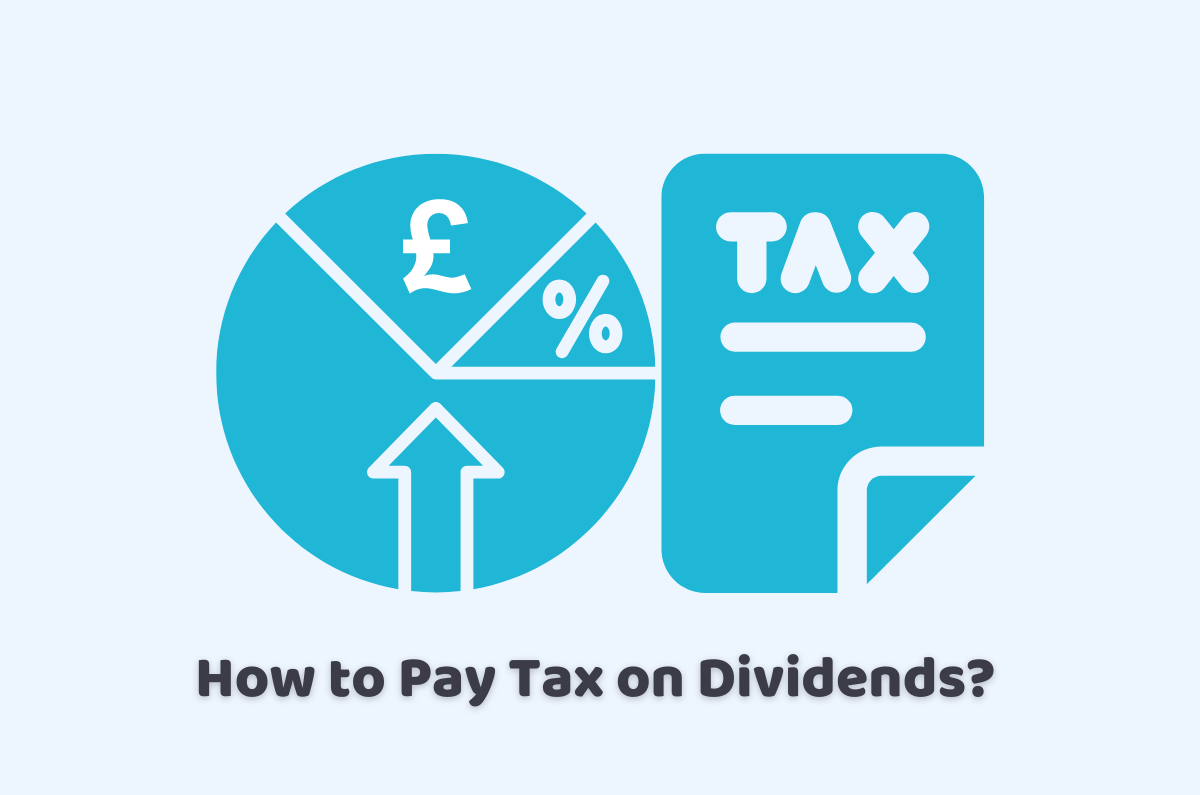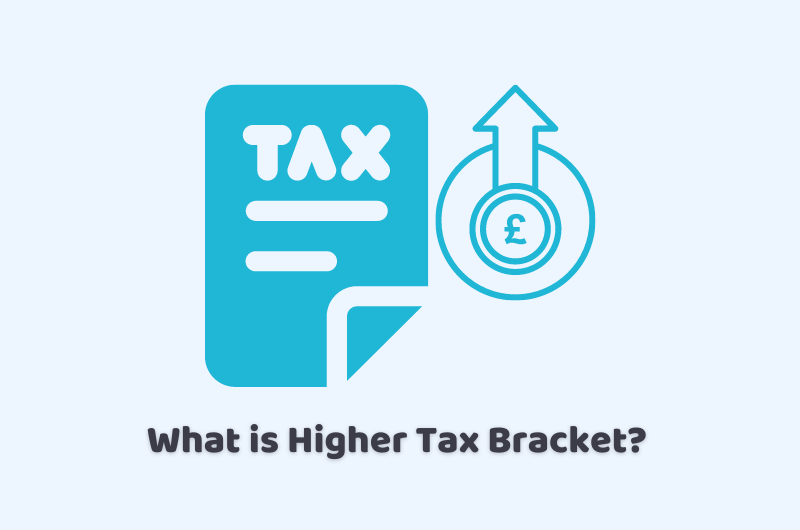
27/03/2024tax , Tax Issues , Tax News and Tips , Tax Saving Tips
Taxes and fees are an important part of any business or finance-related discussion. There is no exception when it comes to questions like how to pay tax on dividends in the United Kingdom. This guide aims to provide a comprehensive overview of the tax laws and regulations related to dividend payouts. This is to help you understand the exact steps and calculations needed to pay the right amount of tax. So keep reading to learn more!
Talk to our best accountants and bookkeepers in the UK at CruseBurke. You will get instant help whether you are running a small or large business.
Understanding Tax on Dividends
Understanding tax on dividends in the UK requires understanding the structure of dividends. As well as the types of dividends, and how taxes are calculated.
- Structure of dividends: Dividends are profits paid to shareholders from a company’s earnings. They are typically paid either once or twice per year in the form of quarterly or annual dividends.
- Types of dividends: Dividends can be classified into two types; ordinary dividends and final dividends. Ordinary dividends usually represent regular company profits, while final dividends are payouts of capital funds.
- Tax implications: The tax implications of a dividend payout depend on its total dividend amount and its income tax bracket.
- Tax brackets: Tax Brackets are determined by a person’s income and range from tax-free to higher-rate tax.
- Tax rates: Taxes imposed on a dividend payout are at either the standard income tax rate or the higher rate of income tax. This depends on the level of the dividend.
- Tax deductibility: Deductions are available for the basic rate tax on dividends. Which can result in reduced taxable income for the individual.
- Marginal rate: The marginal tax rate is the rate of taxation on the next £1 earned.
How to Pay Tax on Dividends?
Here is how to pay tax on dividends.
- Pay online: The UK tax system offers a variety of online services to assist people with paying their taxes. One such service is HMRC’s online Self-assessment payment service. This allows people to pay their taxes and track the progress of their payments in one secure location.
- Pay by phone: The tax office can be reached by phone at several different numbers, namely 0300 200 3310 or 0300 330 3310.
- Pay by mail: A paper tax return can also be submitted with the payment to the tax office.
- Pay through an agent: Individuals can also contact a tax accounting or legal agent to assist with their tax return and payment. Note that the agent’s services may incur additional costs.
- Pay through an accountant: Accountants can help clients manage their tax returns and payments. From setting up their taxes to filing tax forms and providing guidance on tax legislation. Accountants typically charge a fee for their services.
- Pay through your employer: Employers may manage the tax payment for their employees. This is done by deducting the relevant tax from their salary and paying it on their behalf.
When Do I Need to Pay the Dividend Tax?
You need to pay the dividends tax in the UK when you receive your dividend payout. The exact time you pay taxes on your dividends will depend on when you receive the dividend. Also the terms of your agreement with the dividends provider. But it is generally a good idea to pay as soon as possible after receiving the payout. It is also important to check with the dividends provider or a tax advisor to determine the exact payment date.
Moreover, the tax credit is a tax reduction that can be applied to your dividend payout. It is a type of deduction that reduces your tax liability and can help you recover more of your dividend payout. However, it is only available under certain conditions. So it is advisable to consult a tax specialist or your dividends provider for the specifics.
In the case of tax relief, it is a taxation benefit that may be available for dividend payouts in the UK. Different types of tax relief are available. Depending on the circumstance. So it is worth checking the relevant laws and guidance for information on the exact requirements.
How Much Tax Will I Pay on my Dividends?
How much tax you will pay on your dividends in the UK depends on a variety of factors. Such as the number of dividends, your income levels, and any tax deductions and credits that you might be eligible for
- Income tax: Tax amounts on dividends are determined by income tax, the most widely used tax in the UK.
- Deductions and credits: If you are eligible for any tax deductions or credits, this can reduce the total amount of tax you need to pay.
- Marginal rate: The marginal tax rate is the tax rate applicable to each additional £1 of income.
- Tax range: Your dividends may fall within one of the available tax brackets in the UK. Which range from 0% to 45%.
- Tax liabilities: Your estimated dividend liabilities can be determined by taking the amount of dividends you receive. Then use the tax brackets and marginal rates to calculate the total amount.
- Tax withholding: Tax withholding may be levied by the dividends provider to pre-pay taxes on the dividend payment. This is typically taken as a percentage of the dividend payment and may reduce the total amount of unpaid tax.
Understanding the Annual Tax-Free UK Dividend Allowance
This includes the following.
- Tax-free allowance: The annual tax-free UK dividend allowance is the amount of dividends that you can receive without having to pay any tax.
- Taxed at source: Any amount you receive over the annual tax-free dividend allowance will be taxed at your marginal tax rate, as applicable.
- Non-domiciled: The tax-free allowance only applies to residents of the UK. Non-domiciled individuals have a different treatment and will pay a reduced tax rate on their dividends.
- Non-resident: Non-resident individuals have a tax-free allowance that is calculated based on their residence status. As well as the rate of tax applicable to non-residents. The exact amount of their allowance will depend on the amount and source of their dividends, as well as the tax laws in their country of residence.
- Tax code: Residents and non-residents in the UK have a unique tax code that determines their annual tax-free allowance. The tax codes will need to be provided by the dividends provider and will also determine the withholding rate on taxable dividends.
Dividend Tax Rates for the Tax Year 2024-25
The dividends tax rate in the UK for the tax year 2024-2025 is as follows:
- Basic rate: 8.75%
- Higher rate: 33.75%
- Additional rate: 39.35%
The Bottom Line
The conclusion of this discussion about how to pay tax on dividends in the UK is that it is important to understand the individual tax situation and the specific tax laws and regulations in the UK to ensure that the correct amount of tax is paid. The best way to do this is by consulting a qualified tax advisor or using online services from HMRC to assist with the process.
Are you seeking professional help to know about tax on dividends? Why not get help from the experts at the CruseBurke?
Disclaimer: The information provided in this blog is about tax on dividends in the UK, including the text and graphics, in general. It does not intend to disregard any of the professional advice.


